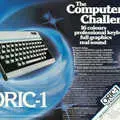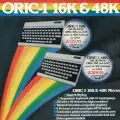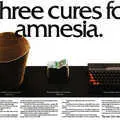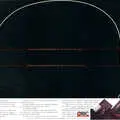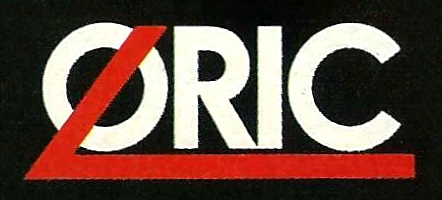
Oric Advert - December 1982
From Personal Computer World

Oric-1: The computer challenge
The Oric was aimed very much at Sinclair's ZX Spectrum market, with even the models and price being similar.
It actually started out significantly cheaper than the Spectrum at £99.95, compared to the Sinclair machine's price of £125, or about £590 in 2025, but within eight months the Oric's price had increased to match its competitor.
Unlike the Spectrum, which was a Z80-based micro, it was based on the MOS Technology 6502, as used in the VIC-20, PET, Apple II and the BBC Model B.
The Oric - designed by Tangerine Computer Systems, builders of the Microtan 65 - also had some custom chips which provided graphics and sound, including an Uncommitted Logic Array (ULA) chip made by California Devices of the US[1].
It was launched by Oric Products International, a company funded by British Car Auctions and created by Tangerine solely for the purpose of shipping the Oric. The new company was initially based at Coworth Park, an impressive stately home just outside Ascot.
The project began in the spring of 1982 when John Tullis, then a financial consultant at Tangerine, came up with the idea of a home computer as an alternative to Tangerine's existing Microtan, or its large and expensive (but never actually shipped) Tiger.
As Paul Johnson, formerly of Tangerine and now Oric's technical director explained:
"We realised we would have to develop a machine at the very low-cost end of the market. There were far too many computers at the business end and, at the time, the only manufacture of home micros was Sinclair. Then, just as we started to look at the idea in more detail, the Spectrum came out".
The company, which also included Tandata's former managing director Peter Harding, who was in charge of promotion[2], knew what its competition was, so the new computer had to have colour, sound, BASIC and a full-sized keyboard.
The company decided to stick with the 6502 that Tangerine was already familiar with from its Microtan days, which, it said, was "probably the world's best-selling microprocessor" anyway.
Plus it had the advantage that it could quickly modify its existing Microtan disc operating system to run on the Oric, which would help it get to market quicker.
The Oric was also designed to use as few chips as possible - something that Sinclair was particularly good at - and, combined with its custom ULA and the use of 64K DRAM chips, kept to a chip count of only eight.
The Oric's ULA, or Gate Array, was designed by Johnson and handled all the I/O to the main processor, including video and memory addressing.
The first prototype was built in the summer of 1982 and used transistor-transistor logic, or TTL - essentially using bunches of transistors, rather than dedicated hard-wired silicon.
Johnson, who had a PhD in high-speed digital to analogue converters for use in digital television, said:
"I designed it in my study at home - I just had to get away from the phone! Once you have the TTL version working, you know the logic is OK. Then I went to California Devices Inc. who were going to do the CMOS arrays. We first laid the thing out as a plan to see where the problems would be. Then we did a simulation of a new logic diagram and worked out the timing paths".
Meanwhile, armed with a TTL-based emulator, the first Oric ran in August of 1982, and by December the finished gate array was ready. Johnson continued:
"When the finished chips came through from California, we took out the emulator, plugged in the chip and it worked first time. It was quite a relief!".
Johnson concluded in an interview with Popular Computing Weekly published in February 1983 that:
"As well as being a great games machine, a lot of businessmen will buy the Oric to learn about computing. Some of them will go on to invest maybe £20,000 in a larger system but, for the corner sweet shop, the Oric is all that is needed".
He finished with a dig at Sinclair's claim that its ZX81 could run industrial-scale systems, by saying:
"Orics will not, however, be used to run a multi-million pound business or a nuclear power station![3]".
Date created: 10 January 2024
Last updated: 12 November 2025
Hint: use left and right cursor keys to navigate between adverts.
Sources
Text and otherwise-uncredited photos © nosher.net 2025. Dollar/GBP conversions, where used, assume $1.50 to £1. "Now" prices are calculated dynamically using average RPI per year.
